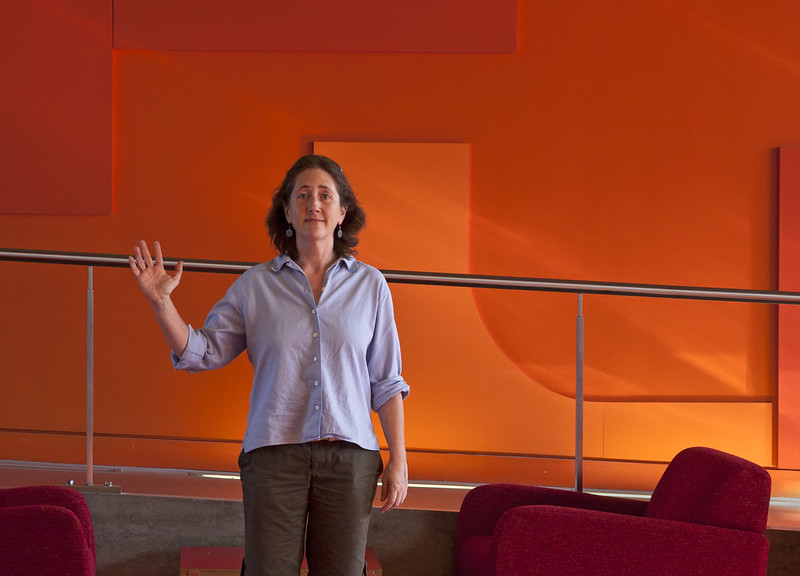Flickr Commons: About Content Type and Advanced Search
This is a sister post to A millions-of-things pile: Why we need a Collection Development Policy for Flickr Commons. We’re writing this because our new policy changes what turns up in Flickr Commons searches.
Images can be categorised as Photos, Screenshots, Illustration/Art, Virtual Photos, or Videos on Flickr. The default setting for uploads across all accounts is content_type=Photo, so if you don’t alter that default for new uploads, every image is classified as a photo. This starts to break down if you upload, say, the Engrossed Declaration of Independence, or, a wood engraving of Bloodletting Instruments.
Therefore, we’ve launched our new Collection Development Policy to ask Flickr Commons members to classify their images more specifically.
Default search settings
Searching on Flickr defaults to only showing content_type=Photos and Videos. That default means that if one of the Flickr Commons members does change the content type for their uploads, those other types will fall out of the default search results.
This is the default setting: Photos and Videos
We know this can come as a surprise to viewers who were familiar with how things worked before we started asking Flickr Commons members to use the new policy. That surprise isn’t great, so we’re working on addressing it, and working with the flickr.com Customer Support team to get documentation online.
Part of that work is to show how the search works, so you can broaden it to include other content types. To do this, you open up the Advanced Search panel—on the right, under the header search box—and look for the “Content” heading. You can select or remove the different types of content as you wish.
Here you see a different selection: Photos and Illustration/Art
If you want to share around a list of search results that also contain, say, images cropped from page scans of old books (which would now be marked as content type=Illustration/Art), you can see that these settings will show up in the search URLs as parameters if you change them, like this:
→ https://flickr.com/search/?is_commons=1&text=smile&content_types=0%2C2
Those parameters highlighted in bold tell you the search is filtering for Photos [0] and [%2C] Illustrations/Art [2]. So, as you adjust your content type settings, you can share URLs that will take other people straight there without needing to adapt their Advanced settings.
We know this is a bit fiddly, but your default settings—whether on upload or as you search—should stick if you ever adjust them.


